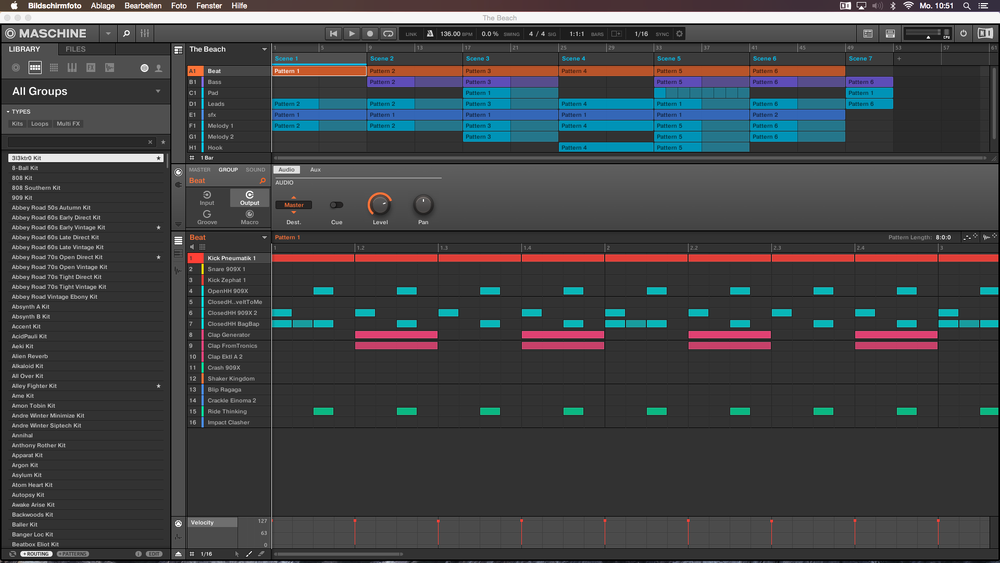4. Software Samplers
The hardware sampler was a vital part of the studio for around twenty years, allowing the use of acoustic instrument sounds, loops, hits and snatched performances in music production. An entire industry emerged to create specialist sample CDs, covering everything from saxophones to dripping taps, and break-beats to breaking glass. But in the space of a couple of years, the hardware samplers of key players Emu and Akai all but disappeared. Software samplers arrived which take advantage of the masses of RAM and acres of hard disk space found in modern computers. They are light years ahead of their hardware counterparts in terms of sample size, instrumental realism and complexity, visual editing, and integration with recording software. Entire orchestras have been sampled with multiple levels of velocity, microphone positions and performance techniques. Software samplers are to play these sorts of instruments only because of their access to the huge resources found in todays computers.
GigaSampler was the first software sampler to really spell doom for hardware. It shipped with a 1Gb sampled piano instrument, which was more realistic in feel and sound than any other sampled piano available at the time. Although initially rather unwieldy and unstable, the softwares evolution to GigaStudio has seen it replace racks of hardware samplers, and spawn a handful of worthy and interesting competitors. GigaStudio was unique in that it required specific drivers and hardware outside of the comfortable plug-in architecture of host programs such as Cubase, which made it more complicated, but also unconstrained, lending itself to being run on a standalone computer, with sequencing and other duties handled by a separate machine. Meanwhile, competitors such as Native Instruments Kontakt and Steinbergs Halion have pushed the plug-in format and shown how usability can win out over sheer instrument size. Emu have also recently rejoined the show as part of Creative Labs, and have produced a range of professional music soundcards that are shipped with the EmulatorX software sampler which is a direct descendant of the companys hardware samplers. Akai live on too theyve survived in hardware thanks to the live performance, hip hop and DJ markets - their MPC range of samplers features pads and built-in sequencers for an altogether different beat-making experience.

Native Instruments Maschine
Nowadays, all the major software samplers come with gigabytes of sample library, some of them containing the most amazingly sampled orchestral sounds. Its now possible to produce a very convincing orchestral performance with sample libraries like the massive Vienna Symphonic Library, and EastWests Symphonic Orchestra.



